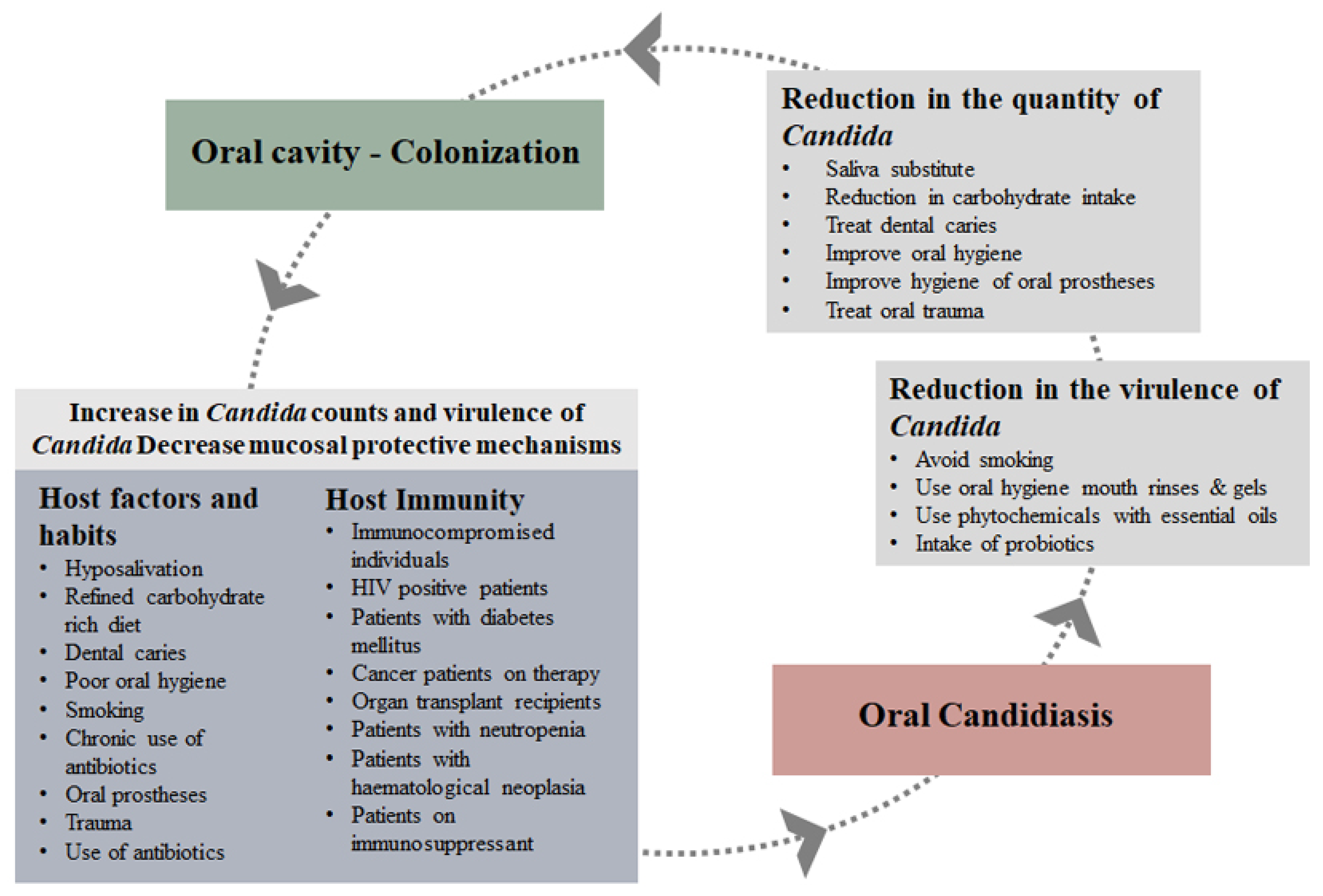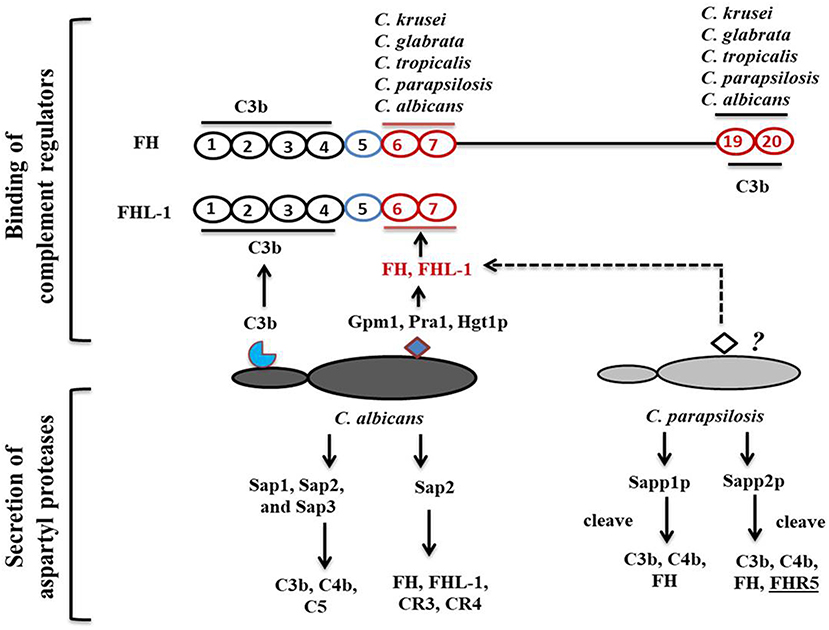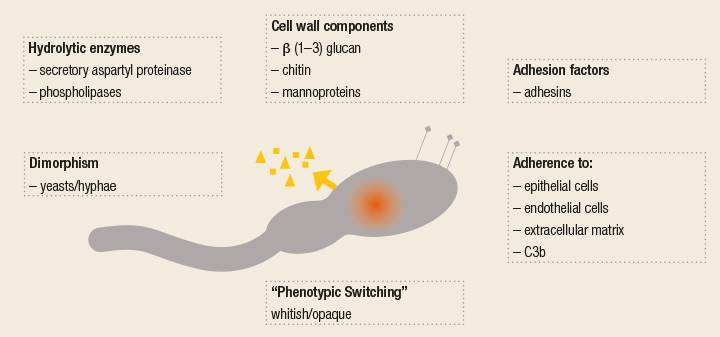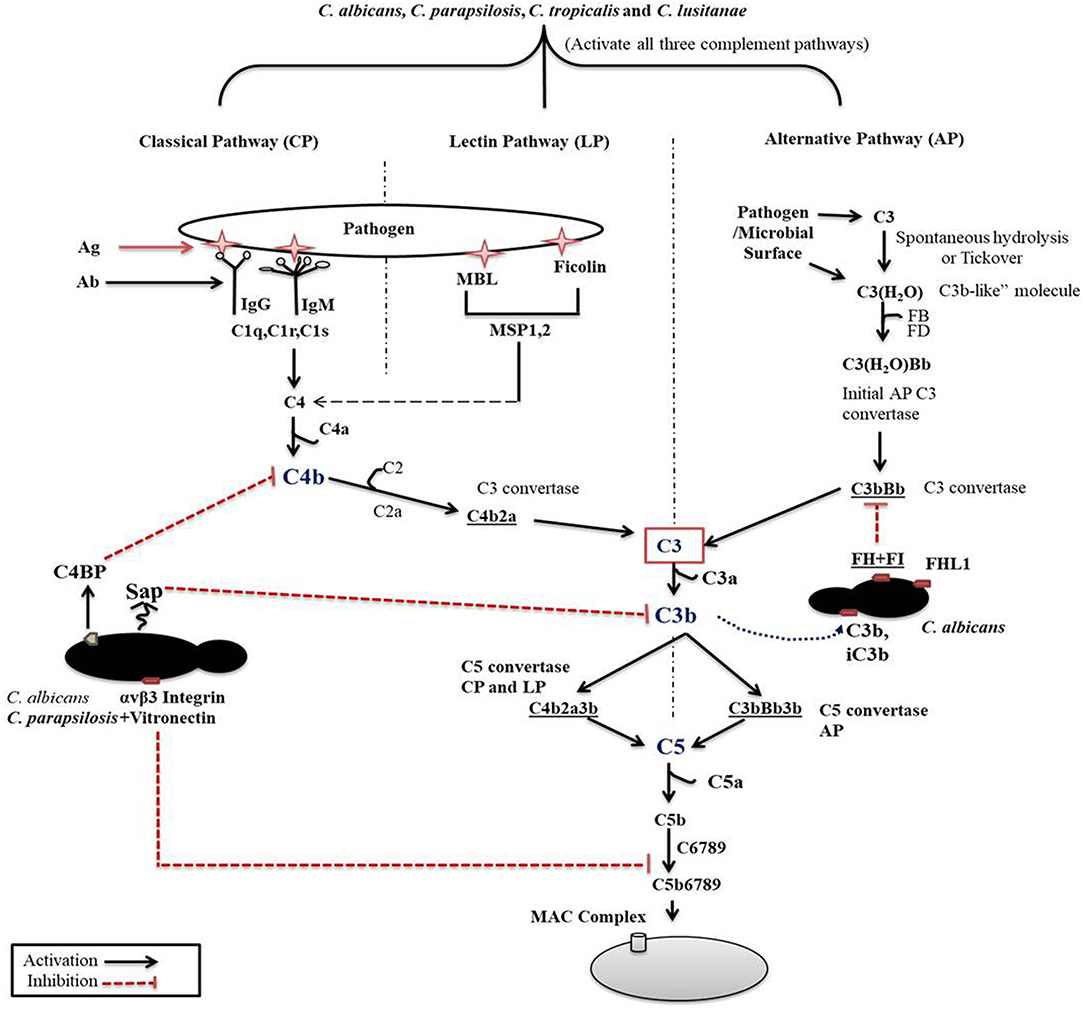
The Pathogenic Yeast Candida parapsilosis Forms Pseudohyphae through Different Signaling Pathways Depending on the Available Carbon Source | mSphere

Pathogens | Free Full-Text | Oral Cavity and Candida albicans: Colonisation to the Development of Infection

PDF) Similarities and Differences among Species Closely Related to Candida albicans: C. tropicalis, C. dubliniensis, and C. auris

The Pathogenic Yeast Candida parapsilosis Forms Pseudohyphae through Different Signaling Pathways Depending on the Available Carbon Source | mSphere

Candida albicans - Biology, molecular characterization, pathogenicity, and advances in diagnosis and control – An update - ScienceDirect

The gut, the bad and the harmless: Candida albicans as a commensal and opportunistic pathogen in the intestine - ScienceDirect

Oral mucosa as a potential source of candidemia by Candida parapsilosis sensu stricto, under pathological conditions
Population genomics of the pathogenic yeast Candida tropicalis identifies hybrid isolates in environmental samples | PLOS Pathogens

Investigation of Candida parapsilosis virulence regulatory factors during host-pathogen interaction | Scientific Reports

The Pathogenic Yeast Candida parapsilosis Forms Pseudohyphae through Different Signaling Pathways Depending on the Available Carbon Source | mSphere

The Pathogenic Yeast Candida parapsilosis Forms Pseudohyphae through Different Signaling Pathways Depending on the Available Carbon Source | mSphere

CRISPR-Cas9 Editing Induces Loss of Heterozygosity in the Pathogenic Yeast Candida parapsilosis | mSphere

PDF) The Pathogenic Yeast Candida parapsilosis Forms Pseudohyphae through Different Signaling Pathways Depending on the Available Carbon Source



![PDF] Virulence factors of Candida species. | Semantic Scholar PDF] Virulence factors of Candida species. | Semantic Scholar](https://d3i71xaburhd42.cloudfront.net/8a957ac071588afa8187fce6e70308edd0a692ab/2-Figure1-1.png)





